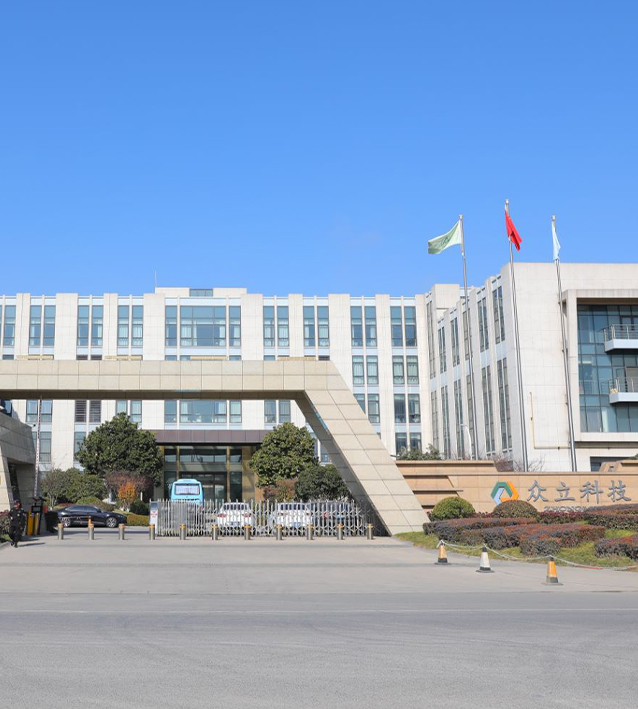
Hydrogenated Isoprene Polymer(EP)
Zhongli EP series products are (ethylene-alt-propylene) star polymers made from isoprene as a monomer after polymerization and hydrogenation. It has a narrow molecular weight distribution and very low carbon-carbon double-bond residues. Hydrogenated Isoprene Polymer has compatibility with polypropylene and synthetic/mineral base oils. It can be used as a viscosity index improver for high-grade lubricants with strict shear stability requirements, and can also be used to modify polyolefin membranes and other products.
|
ZL-D700 (Hydrogenated Diene polymer) |
||||
|
Features |
Typical Application |
|||
|
♦ Multi-armed star polymer ♦ Good solubility in mineral oil or synthetic oil ♦Good compatibility with polyolefin ♦ Recycling & Processing ♦ Safety & Environmental Protection |
♦Lubricating oil viscosity index improver ♦Adhesive &Sealants ♦Plastic modification |
|||
|
Typical Properties |
Unit |
Typical Value |
Range |
Test Method |
|
Styrene Content |
/ |
0 |
/ |
GB/T 30914-2014 |
|
Specific Gravity |
g/cc |
0.86 |
/ |
GB/T 1033-2010 |
|
Volatile Matter |
wt% |
0.25 |
<0.50 |
GB/T 24131-2018 |
|
Ash Content |
wt% |
0.15 |
<0.50 |
GB/T 9345-2008 |
|
Toluene Solution Viscosity |
mPas |
2200 |
1500-4000 |
GB/T 2794-2013 |
|
Melt Index |
g/l0min |
20 |
10-30 |
GB/T 3682-2018 |
|
Form |
/ |
Blocky |
/ |
Visualization |

-
Thermoplastic Elastomers (TPEs) are a class of polymers that exhibit both thermoplast...
READ MORE -
Using Styrene-Butadiene Block Copolymer (SBS) in asphalt modification offers several ...
READ MORE -
Styrene-butadiene block copolymers (SBCs), a class of thermoplastic elastomers, are r...
READ MORE -
Hydrogenated Styrene-Butadiene Block Copolymer (HSBC) has emerged as a material of ch...
READ MORE -
Hydrogenated Styrene-Butadiene Block Copolymer (HSBC) is a specialized material that ...
READ MORE
What effect does the hydrogenation reaction have on the properties of EP?
The hydrogenation reaction has a significant impact on the properties of hydrogenated polyisoprene. Through hydrogenation, the double bonds in isoprene are saturated, reducing or completely eliminating the unsaturated bonds within the polymer molecules. This saturation process alters the chemical structure of the polymer, thereby affecting its physical and chemical properties.
Specifically, hydrogenated isoprene polymer(EP) typically exhibits higher stability and weather resistance after hydrogenation. The presence of unsaturated bonds often makes polymers susceptible to external factors such as oxygen and light, leading to degradation and decreased performance. Hydrogenation reaction eliminates these unsaturated bonds, enhancing the polymer's antioxidative and light-resistant properties, making it more stable.
Furthermore, the hydrogenation reaction may also affect the mechanical properties of hydrogenated polyisoprene. The introduction of saturated bonds may alter the molecular chain structure of the polymer, thereby influencing its tensile strength, hardness, elasticity, and other mechanical properties. This alteration can make the polymer more suitable for specific applications, such as those requiring higher hardness or elasticity.
It is important to note that the specific conditions and degree of hydrogenation reaction can have different effects on the properties of hydrogenated polyisoprene. Therefore, in practical applications, the degree of hydrogenation reaction needs to be controlled based on specific requirements and process conditions to obtain hydrogenated polyisoprene with the desired performance.
Hydrogenation reaction, by altering the chemical structure of hydrogenated polyisoprene, significantly influences its stability, weather resistance, mechanical properties, etc., enabling the polymer to exhibit better performance and behavior in practical applications.
How can hydrogenated isoprene polymer(EP) be used effectively in combination with other materials?
The effective combination of hydrogenated polyisoprene polymers with other materials typically depends on various factors, including compatibility, interface properties, and desired performance characteristics. Here are some possible methods and considerations:
It is important to ensure good compatibility between hydrogenated polyisoprene polymers and other materials. This often involves a deep understanding of the chemical structure and properties of both materials. By selecting suitable additives or modifiers, the compatibility between the polymer and other materials can be improved, thus achieving more effective bonding.
Interface properties are also key factors affecting bonding effectiveness. By optimizing interface treatments, such as surface modifications or introducing special interface agents, the adhesion between hydrogenated polyisoprene polymers and other materials can be enhanced, thereby improving bonding strength.
Desired performance characteristics also influence the selection of materials and bonding methods. For example, if it is necessary to enhance the mechanical properties of composite materials, reinforcement materials with high strength and modulus can be chosen. Conversely, if it is necessary to improve the electrical conductivity or thermal conductivity of composite materials, conductive or thermal materials with corresponding properties need to be selected.
In practical applications, methods such as blending, lamination, coating, etc., can be employed to achieve effective bonding between hydrogenated polyisoprene polymers and other materials. The choice of these methods depends on specific application scenarios and performance requirements.
It is important to note that the bonding of hydrogenated polyisoprene polymers with other materials is a complex process involving the interaction of multiple factors. Therefore, in practical operations, multiple experiments and optimizations may be required to achieve the best bonding effectiveness and performance.










